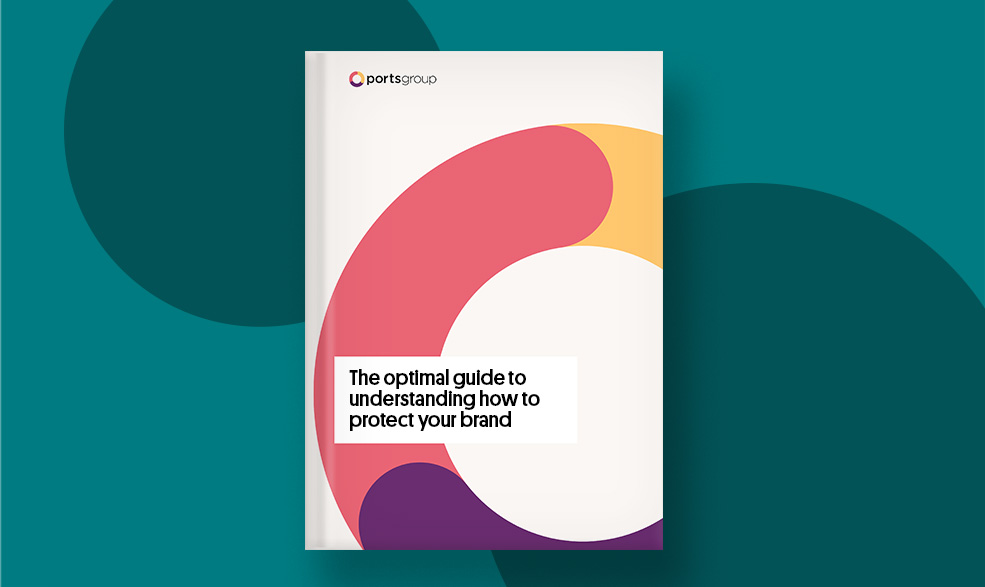Trademark infringement and the responsibility of the marketing manager
- Strategy

A marketing manager’s worst nightmare
Trademark protection and trade mark safety are strangely overlooked by many companies, especially considering that infringement may cost a fortune. However, there is help available and good potential to minimize risk by combining technology and law.
We often hear business leaders or marketing managers say, “the brand is our biggest and most valuable asset”. Paradoxically, at the same time, trade mark protection is often neglected by the same companies, constituting a major financial risk.
Are you risk aware?
With the increasing digitization and digital use of trade marks, it is even more difficult for companies to protect and secure a trade mark and monitor its use. When fraudsters use trade marks illegally, they usually do so without the owner’s knowledge. In addition to the lack of monitoring, many companies also lack a clear overview and administration of their trade mark rights. In which countries is the trade mark protected and in what aspects? In what ways is it exposed to threats? What needs to be done proactively to minimize risks? What legal leeway do we have with our trade mark? These are just a few questions that the marketing manager should ask himself.
The global economy poses greater challenges to brand protection. Company representatives often say that “the brand is a great asset” and that it “represents the company’s greatest value”, but don’t always act on those statements.
Consequently, the most important task for a marketing manager might be to ensure basic protection for the brand as a whole. As a marketing manager, you must be aware your brand is subjected to completely different threats today compared to before.
To ensure adequate trade mark security, you need to consider all aspects of a trade mark, both legally and technically. For that reason, marketing managers should always involve IT managers in brand security.
Protect your brand
In a global market, with all the opportunities and challenges it entails, it is not enough to look at trade mark protection solely from a legal perspective. You must have a holistic view of the brand.
In today’s digitized world, trade mark protection goes beyond taking legal precautionary measures. You also need to consider all new threats that your brand encounters in the digital and global environment. Unfortunately, it is often the case that a trade mark injury must occur before a company realizes the urgent need to take action.
An evident example is how the IT department’s policies and initiatives affect the brand to a large extent. If the IT department uses insufficient, cheap security certificates (SSL), has a substandard security policy for passwords or fails to upgrade the software regularly, which in turn can lead to hacking, the company risks infringement that causes great damage to the brand.
Commitment is crucial
To ensure successful trade mark protection, the brand manager must be truly committed to the matter. But it is not enough if only one person is involved in the brand and its protection, the responsibility must be seen from a broader perspective and involve more people and departments within the company.
Key takeaways:
Three key words for a marketing manager when it comes to brand protection
- Protect – review your basic trade mark protection before it’s too late
- Monitor – gather intelligence and monitor how your brand appears online
- Take action – use legal, technical and digital solutions to deal with challenges
Want to know more of how we can help you?



